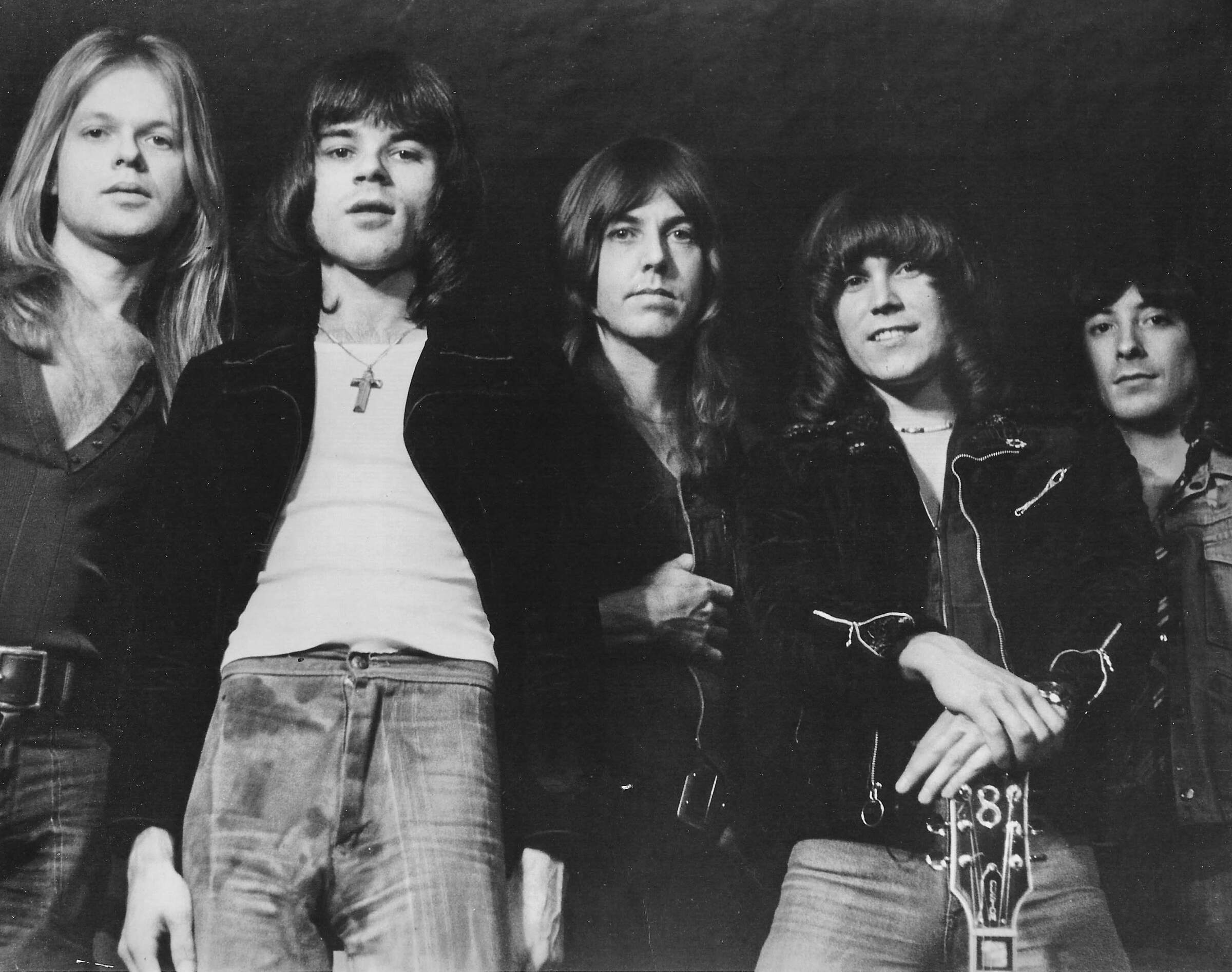The Hollywood Stars | Terry Rae | Interview | New Album, ‘Starstruck’
Terry Rae, the drummer for The Hollywood Stars, shared his experiences with the band’s journey through the 1970s music scene.
The Hollywood Stars played with notable bands such as Journey, Bo Diddley, and the James Gang. Their early recordings, initially used as demos, led to a contract with Clive Davis’s Arista Records. Despite challenges, including a humbling tour with the Kinks and internal changes, the band made a significant impact. Terry Rae later worked as a security guard at the Whisky A Go Go, witnessing the rise of iconic bands during the L.A. punk explosion. In 2018, The Hollywood Stars reunited, leading to new releases and celebrating their legacy. Their latest album, ‘Starstruck’ was just recently released.
‘Starstruck’ has blasted off, marking The Hollywood Stars’ triumphant return from a galaxy far, far away. The band, now a rock ‘n’ roll chimera with Scott Phares and Terry Rae at the helm, bassist Michael Rummans holding down the fort since ’76, and the twin-guitar attack of Jeff Jourard and George Keller, has concocted a sonic elixir that screams both vintage and vanguard. They laid it all down at Kitten Robots Studios, producing an album that swings between time-warped gems like ‘Taxi Driver’ and the revamped ‘Total Control,’ a nod to Jourard’s Motels days, dripping with the fervor of true believers who’ve seen it all and lived to tell the tale.
“Kim Fowley was shopping our songs around town to some mainstream acts”
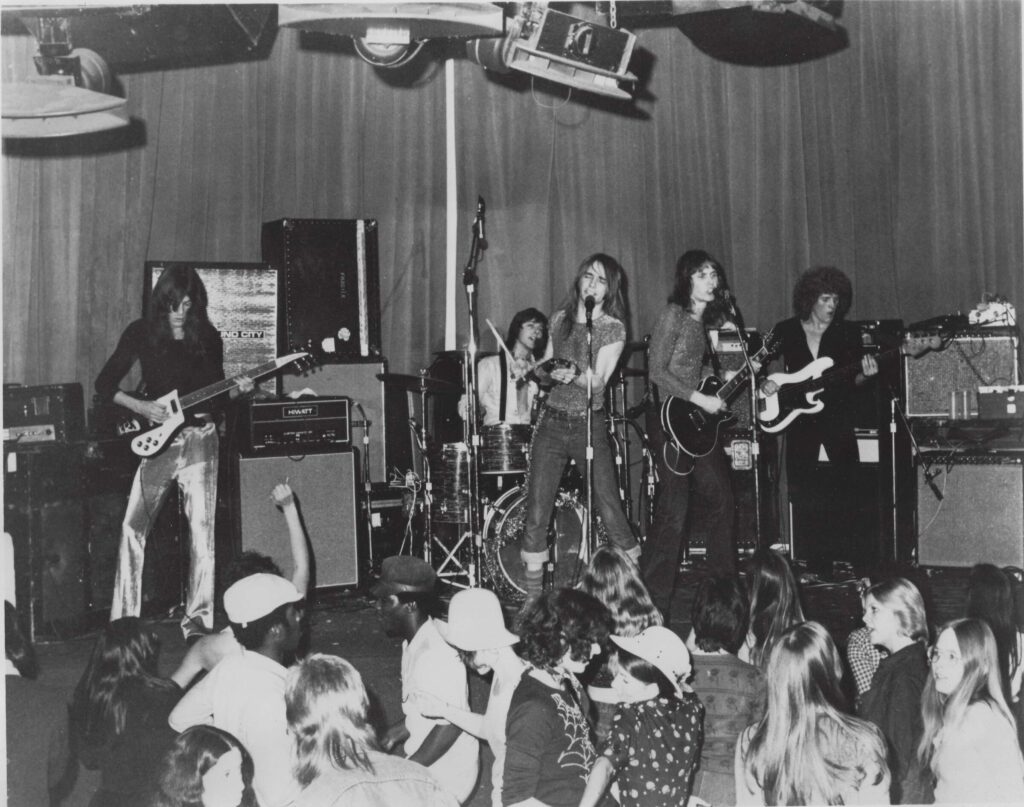
Where and when did you grow up? Was music a big part of your family life? Did the local music scene inspire you to play music?
Terry Rae: I grew up in the South Bay, mainly Redondo Beach and Manhattan Beach in California. My parents were into classical music. They played the London Symphony Orchestra or Mario Lanza all the time. They also loved musicals like South Pacific and My Fair Lady. I listened to the Everly Brothers, Little Richard, and lots of surf songs, but it wasn’t until the Beatles came out that I started to be interested in playing myself.
Were you in any bands before forming the Driftones? Any recordings with the Driftones?
My first band was with some kids who lived in my neighborhood. We called ourselves the Scramblers. The Driftones started later. We began by playing all the cool surf instrumentals, but with the influence of lead singer Danny Hortter, we became a clone of the Rolling Stones. As a matter of fact, the band name was really “The Drift Stones,” but Danny forgot the “S” on the bass drum head that he painted, so we left it as Driftones. We never recorded anything.
How did the Driftones get together and what led to the name change to the Yellow Payges?
The Driftones were all local South Bay surfers who eventually became followers of the British Invasion scene, much like the Crossfires who became the Turtles. My time with the Driftones ended before the band changed their name to the Yellow Payges.
Your next band was The Palace Guard?
Yes, that was when I turned professional. I was introduced to the guys in the Palace Guard one night at the Hullaballoo Club. As it turned out, they were about to lose their drummer, Emitt Rhodes. They called me up and asked if I would like to audition for them. I arrived at the Hullaballoo Club in the middle of the day to find the whole dance floor full of drum sets. I was told 50 people were there to audition.
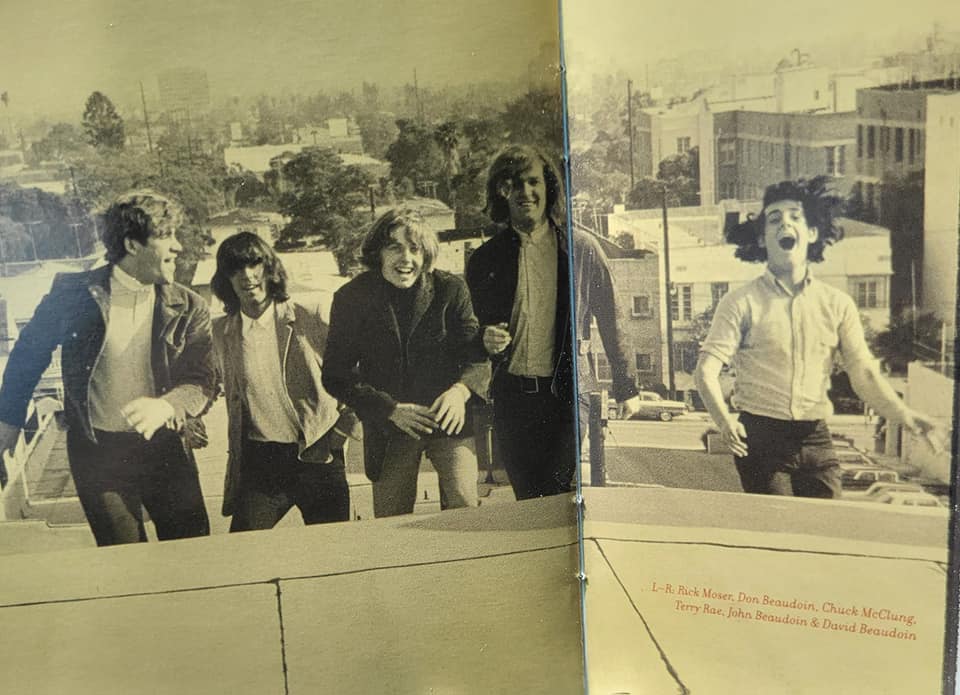
I was a Ringo kind of guy, I knew all the Beatle songs already, so when the Guard would play the Beatles, I could jump right in. Anyway, I got the gig with the Guard. This was in 1965. Danny Gorman was also there that day and ended up playing with the Yellow Payges.
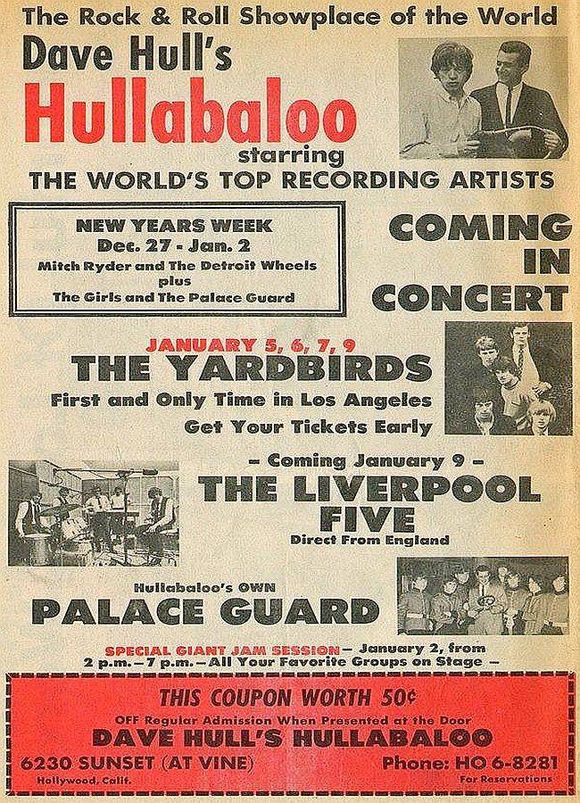
What were some of your more memorable gigs with the Palace Guard?
Being with the Palace Guard and working as the house band at the Hullabaloo Club gave me the opportunity to play with some of the biggest acts in the music scene in 1966: The Yardbirds, Them, Peter and Gordon, the Byrds, the Association, and Paul Revere & the Raiders, to name just a few. The Hullabaloo Club was located at 6230 Sunset Boulevard, close to the Capitol Records Building, right in the heart of Hollywood.
“Where The Action Is” was a very popular TV show at the time. The show was filmed at the Hullabaloo Club one night. We did a funny skit with the Raiders. They did a tug-of-war scene with us in our British red uniforms against them in their American Patriot blue. It was really funny and colorful live, but unfortunately, there was only black and white TV back then!
I appear on a single called ‘Falling Sugar’ by the Palace Guard. It was a regional hit at the time. You can find a video of me performing the song with the band on YouTube.
When did you join Sweet Wine? What can you tell us about them?
The band consisted of James Rolleston, Wolf Marshall, Mike McCarty, and me. Wolf had the ability to learn a song on guitar in five minutes and play it back to you note for note.
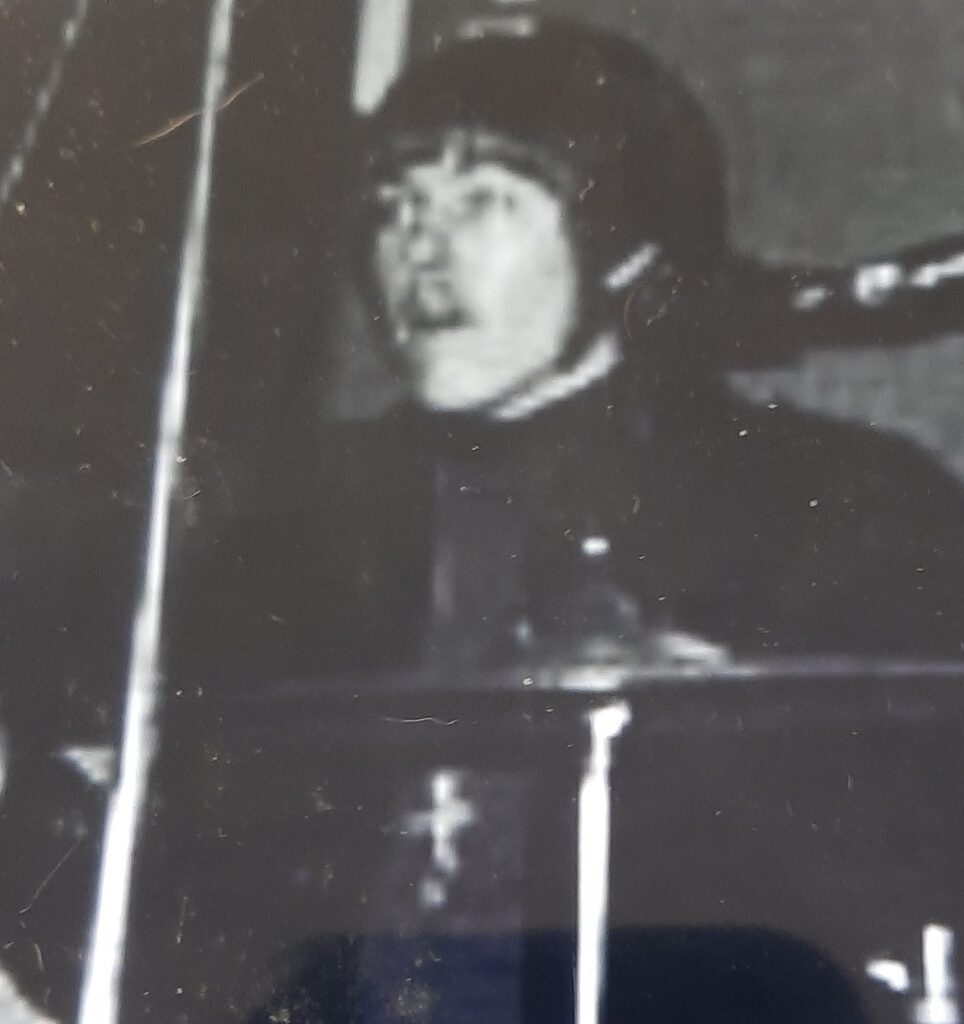
We played covers of Cream, Hendrix, Moby Grape, Buffalo Springfield, and the Blues Breakers up and down the strip for about a year.
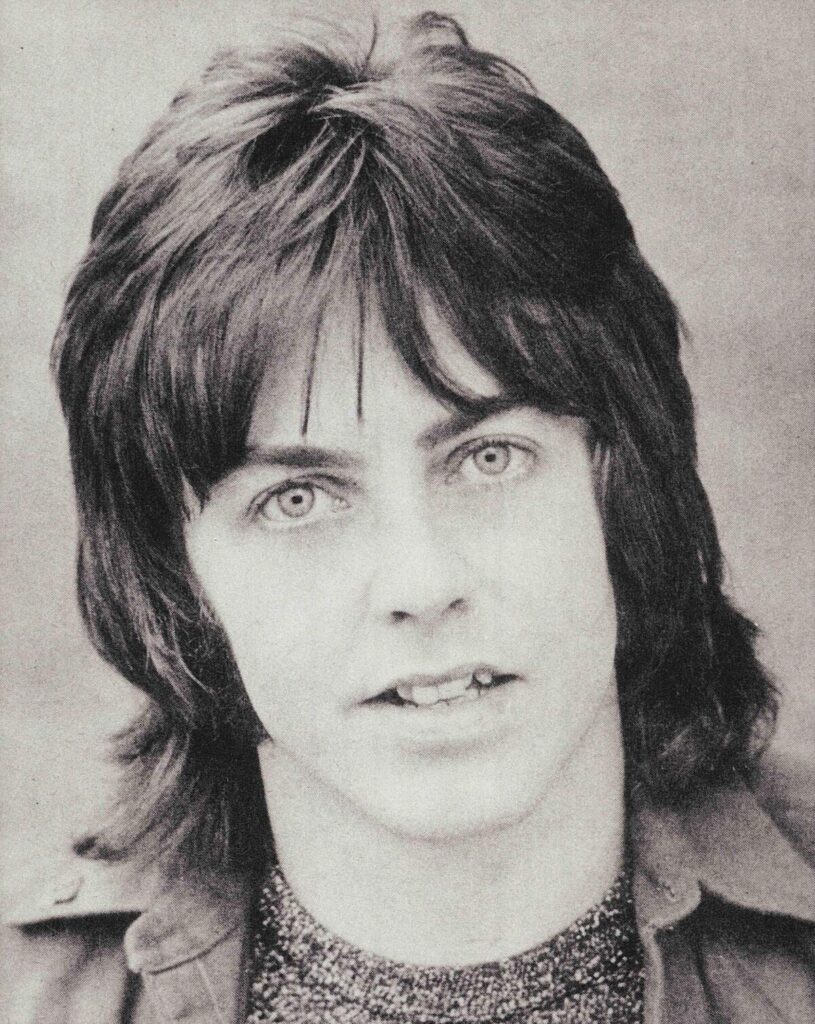
You were also in Strawberry SAC featuring Greg Munford, vocalist on the Strawberry Alarm Clock’s ‘Incense and Peppermints.’ How did that come about?
Bill Holmes, the original manager of the Strawberry Alarm Clock, put the band together around Greg Munford. The band played some Wolfman Jack Concerts and did some TV shows as the Strawberry Alarm Clock. Eventually, Bill received a ‘Cease and Desist’ notice from the original band, so the single (‘In Relation’) was released as Strawberry SAC on All-American Records. The whole album finally surfaced in 2012 under the name ‘Crystal Circus.’ I played on the ‘In Relation’ single as well as other tracks.
Then there’s Jamme, produced by John Phillips of the Mamas & the Papas. The record was released in 1970 as an attempt to capitalize on the band’s “Englishness”…
English guitarist Paul Downing had been recording with the Mamas & the Papas, and he got the OK from John Phillips to put a band together. Paul added Timmy Smyser (bass), fellow Englishman Don Adey (guitar/vocals), and me. Don knew me from playing with Sweet Wine at the legendary Sunset Strip rock club, Gazzari’s.
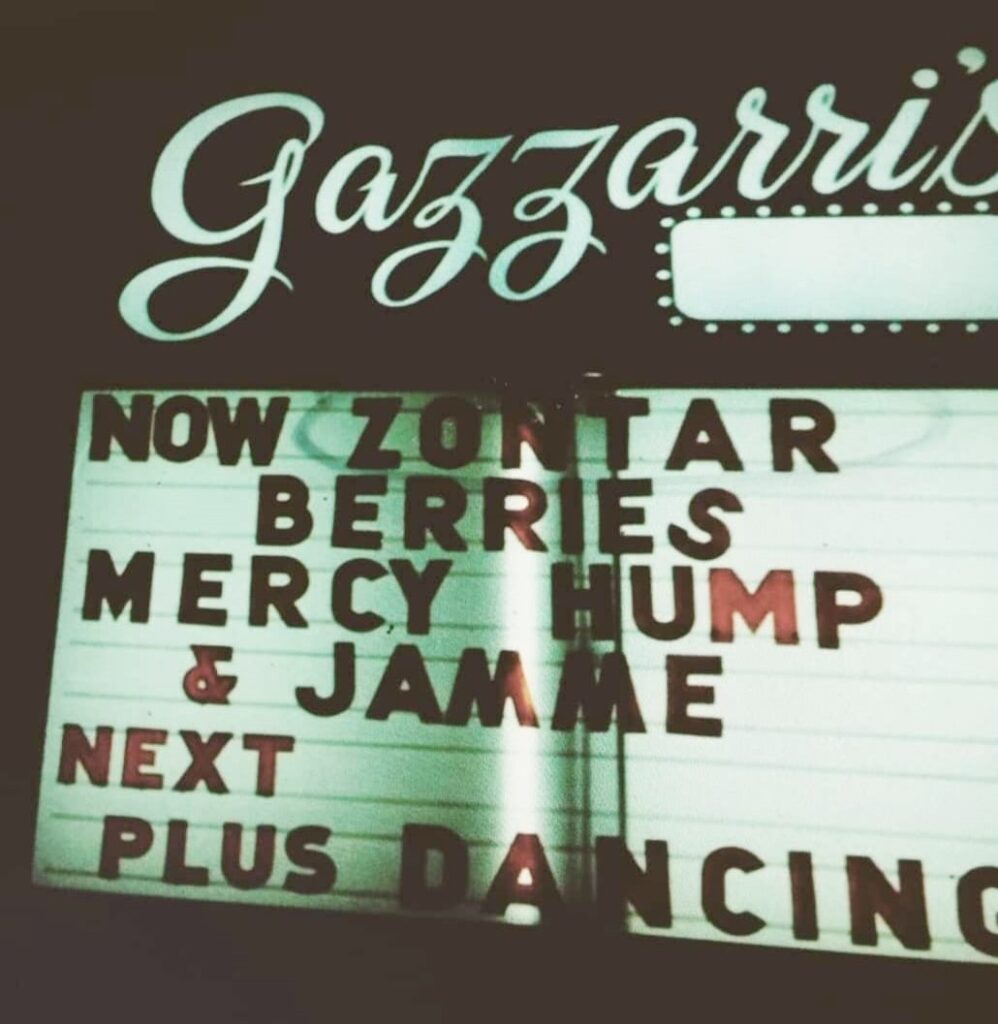
We recorded the Jamme album in the attic of John’s Bel Air mansion, and it was released on Dunhill Records in 1970. On the original LP pressing, John removed Paul, Timmy, and me from the credits. In 2010, when a label called Now Sounds reissued the Jamme album on CD, the three of us were finally properly credited.
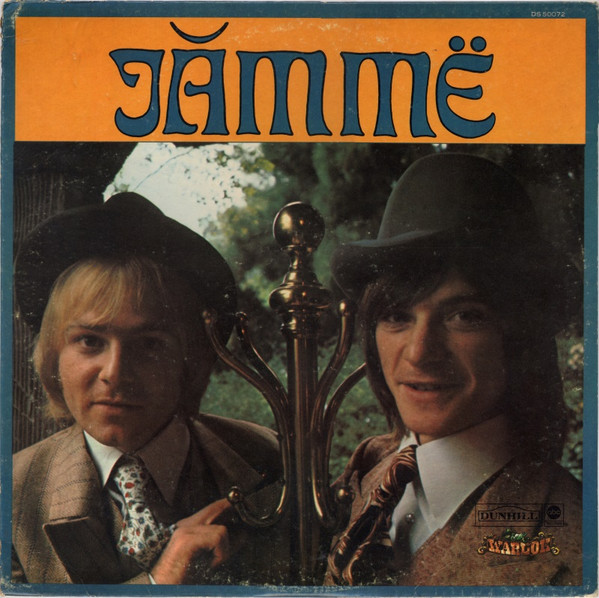
NOTE: You can read more about my Jamme experience here!
When did you play with the Flamin’ Groovies and Blue Cheer? Would love it if you could tell us if you appear on any of their recordings?
I moved back to LA from Santa Cruz in 1971. I had been playing with a band called Space at the time. Space changed personnel and became popular as the Humans. I wanted to get into the Groovies after I heard they were looking for a new drummer. I met the guys with the help of Kim Fowley and Michelle Meyer. We got together in San Francisco to do some photos and later met up to record at Capitol Records in Hollywood. We recorded what people refer to as the “demo versions” of ‘Shake Some Action’ and ‘Since I Heard Your Name.’ ‘Shake Some Action’ was released as a 7” vinyl single by Sire Records in the UK. Both tracks appear on the Slow Death CD.
Ruben De Fuentes, former guitarist for the Hollywood Stars, and I recorded the songs ‘Fighting Star’ and ‘Adventures’ at Gold Star Studios with Blue Cheer. Kim Fowley produced. Those tracks eventually appeared on Blue Cheer’s ‘Live & Unreleased ‘68/’74.’
You had your hair cut at the salon owned by Jay Sebring, who would tragically be murdered by the Manson Family in 1969. What was it like at Jay Sebring’s salon? Did you have any interactions with him or any memorable moments from your time there?
This happened during my Sweet Wine and Jamme days. I was in the Sebring Salon the day after the murders had been discovered, and it was a very depressing scene. That place was usually high energy with music playing loudly. I knew something was very wrong, and one of the hair stylists broke the news to me. That day marked the end of the innocence of the Sixties. After that, celebrities and musicians became increasingly paranoid, building high fences around their homes and hiring security guards.
What led you to the Hollywood Stars? You were recruited by Kim Fowley? When did you meet Kim Fowley? What was he like?
I knew Kim Fowley because we both hung out at the Whisky A Go Go and the Rainbow. He was quite the character, an imposing figure who possessed a cutting form of humor. You certainly didn’t want his barbs pointed in your direction. Kim had connections everywhere and knew everyone in the music business. He told me about his new project, rocker kids off the streets of Hollywood… The Hollywood Stars. Much like The Dolls of New York. I was in. This was in late 1973.
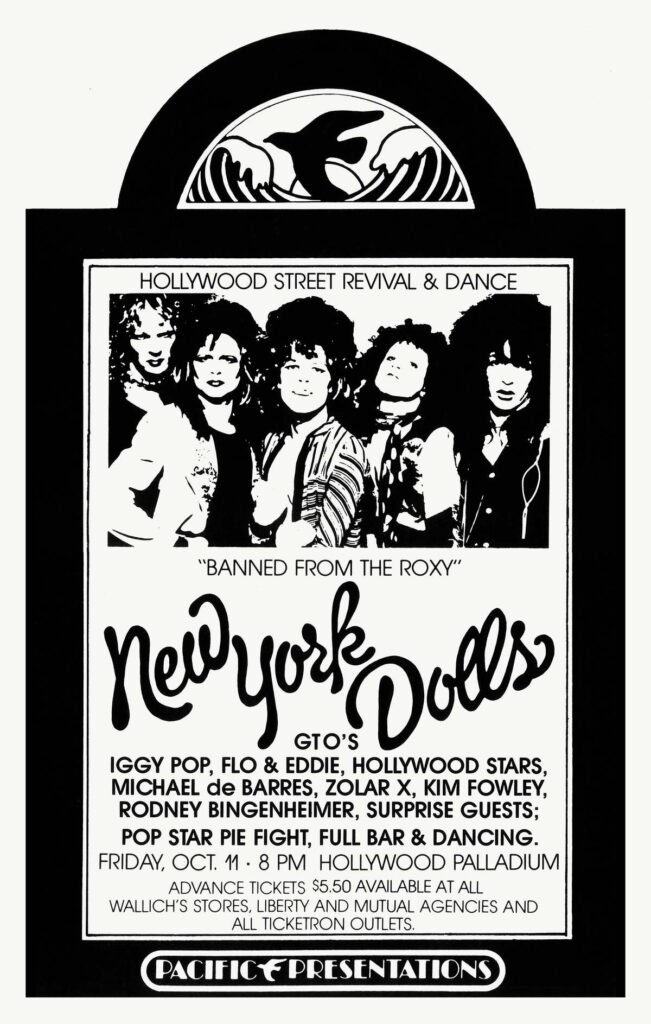
You signed a deal with Columbia Records as early as 1973 and recorded the Shine Like a Radio album in 1974. What were the circumstances?
Yes, in 1974 we were in the Record Plant recording our first album. Before we were even able to complete the record, Columbia started going through some major shake-ups. The upheaval eventually affected many recently signed rock bands. The west coast A&R people who had signed us were gone, and so were we. That album stayed on the shelf until 2013 when it was finally issued on vinyl LP by Last Summer/Light In the Attic. Our original singer, Scott Phares, was disappointed by the Columbia debacle and left the group.
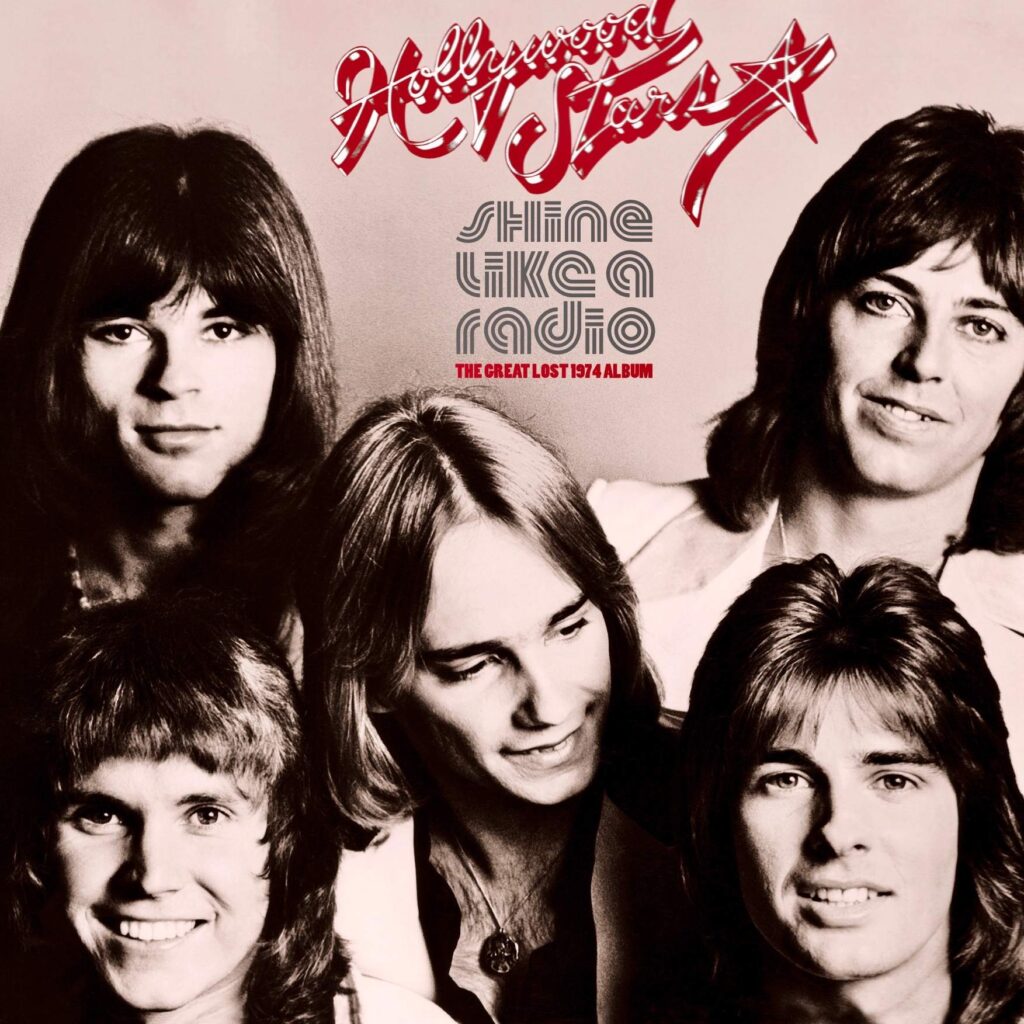
The Hollywood Stars reformed without Scott and signed with Arista Records in 1977. We finally had our first official release that year, a self-titled, 10-track LP. We toured the west coast with The Kinks.
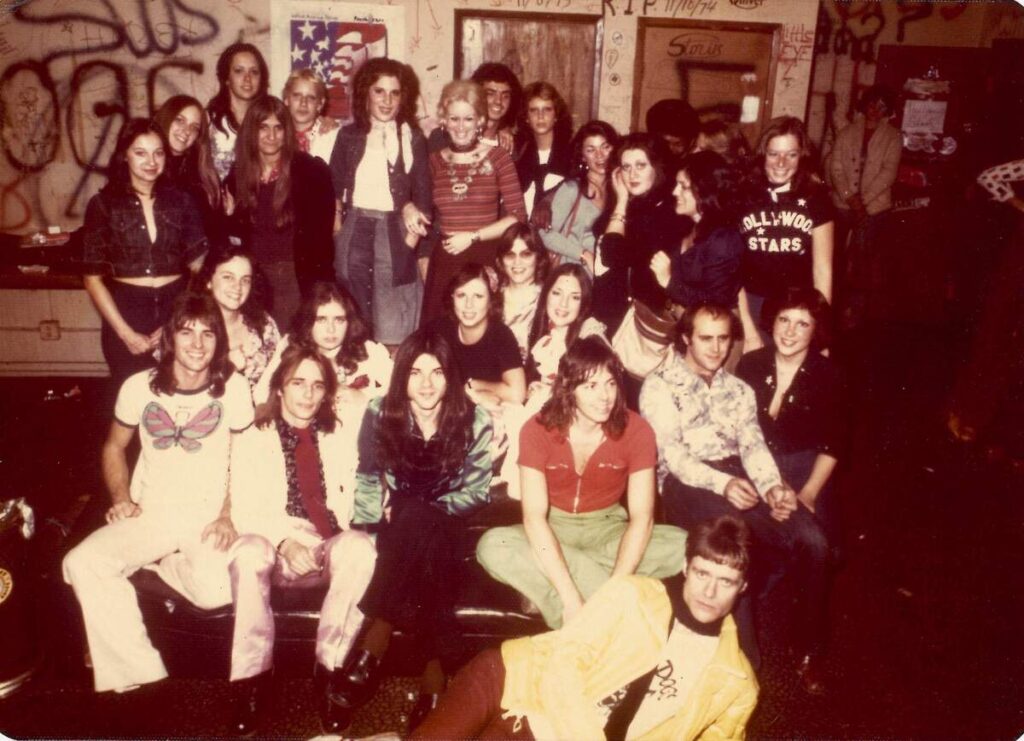
Where did the Stars play around the time of recording your first album? What were some of the bands you shared stages with?
We were signed to Pacific Presentations, a concert company run by Sepp Donahower. This gave us access to some major acts performing at that time. Fanny, The Tubes, Journey, Bo Diddley, and the James Gang were all bands with which we played.
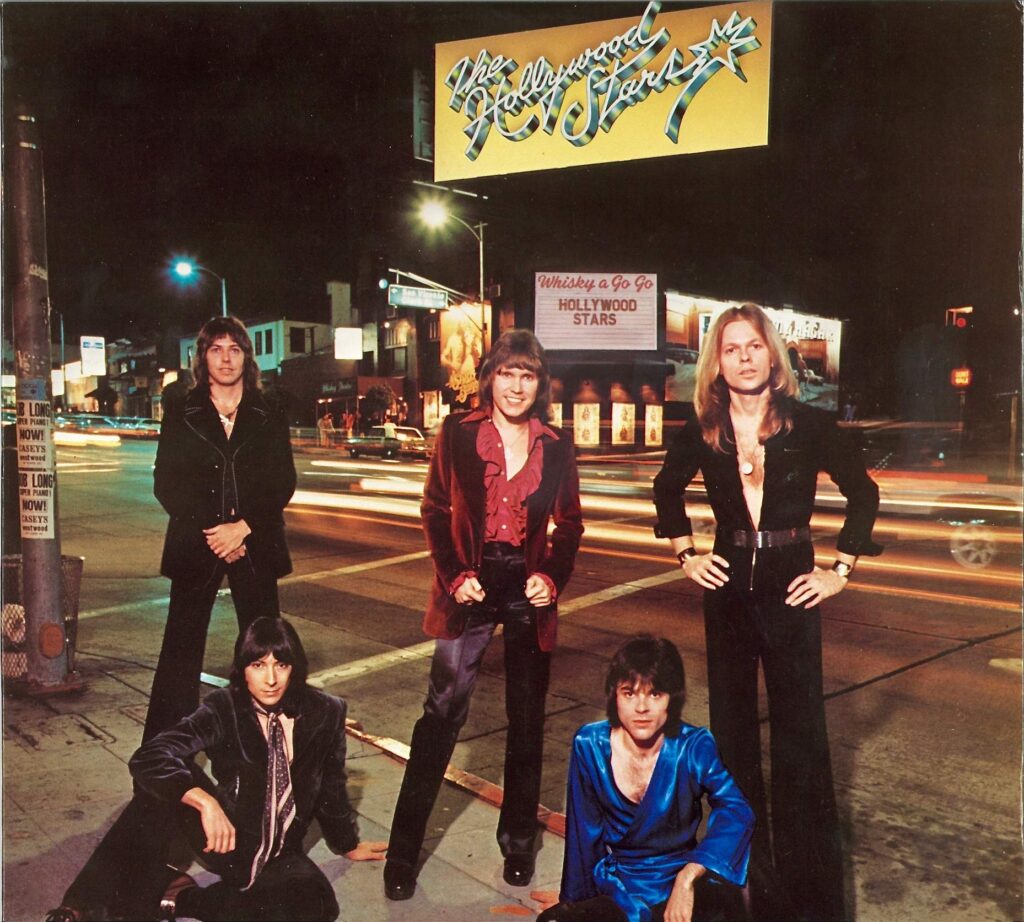
Tell us about Clive Davis of Columbia and his beginning of Arista Records that eventually released your third — but first released — album, ‘The Hollywood Stars’ (1977).
The first unreleased album (‘Shine Like a Radio’) was used as a very expensive demo tape to help secure our next recording deal. Kim Fowley was shopping our songs around town to some mainstream acts. He helped secure deals with Kiss and Alice Cooper to do two of our songs, ‘King of the Night Time World’ and ‘Escape,’ respectively. In the meantime, we recorded a new demo tape produced by Neil Merryweather. We were hoping this would be our next release, but after we signed with Arista, Clive Davis had his own ideas of what we should sound like. He hired Harry Maslin to produce new sessions for us at Cherokee Studios in Hollywood. The Maslin sessions became The Hollywood Stars album while the Merryweather sessions eventually surfaced in 2019 as ‘Sound City.’
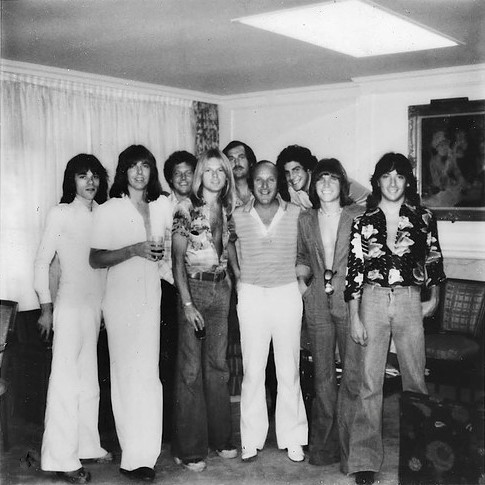
What were the gigs like during your time with Arista? Any memories of touring with your labelmates, the Kinks?
We played the Whisky with the Runaways (Kim’s next project after us) and the Starwood with Quiet Riot. We also played the University of San Diego with the Ramones. The Kinks tour was a pretty humbling experience. As the opening act, we had to set up in front of the main stage and play without the best sound or lighting. It was hit or miss on most nights. The gig in Vancouver was the best out of all of them. Even though the audience didn’t know anything about us, they all sat and listened to us and responded well after each song.
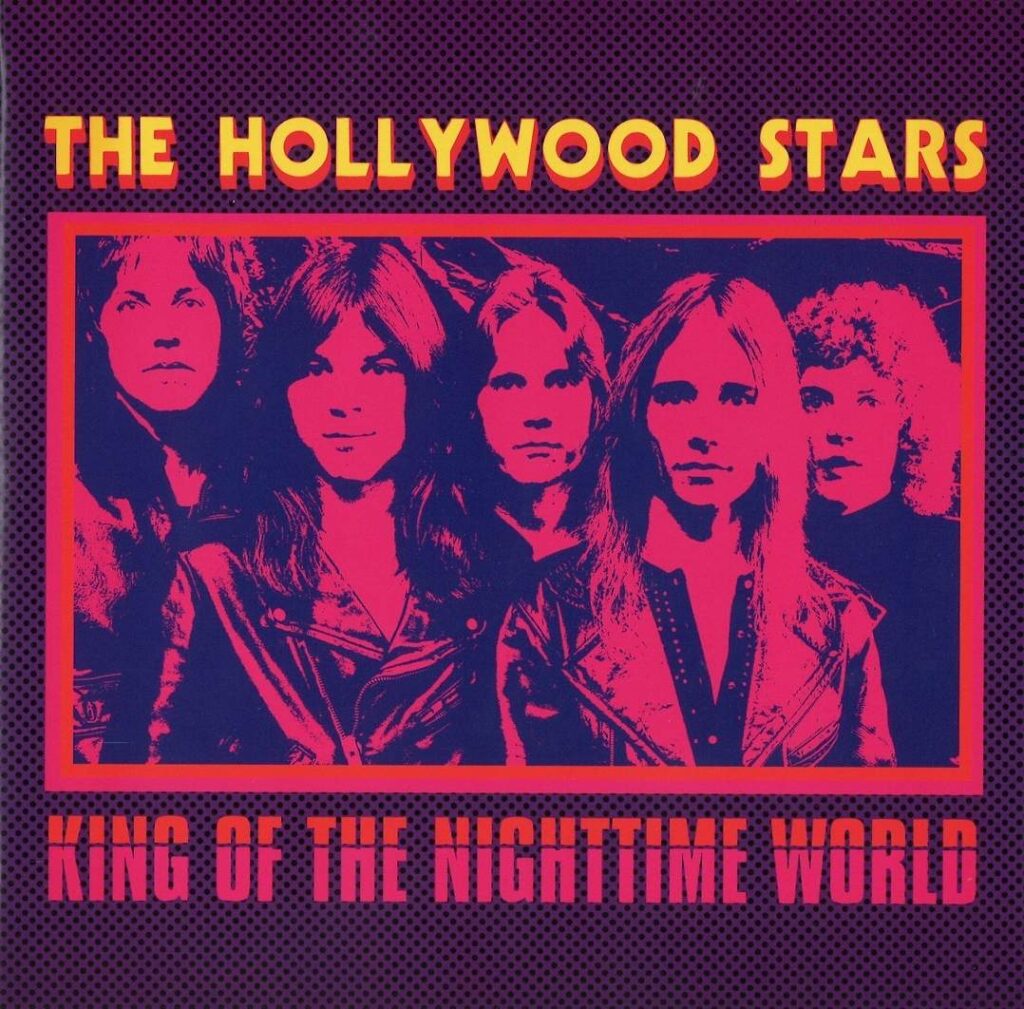
An amazing array of young bands opened for the Hollywood Stars in the 1970s: Van Halen, Journey, the Knack, the Runaways, the Ramones, Quiet Riot. Who stood out to you the most and seemed destined for success?
Well, it’s a lot easier to answer this question in hindsight. Van Halen was a great band, but it wasn’t until their first album that I realized HOW great they could sound. We saw The Knack play for the record labels at the Troubadour; they were frigging solid and kicked ass. We knew they had a hit with ‘My Sharona.’
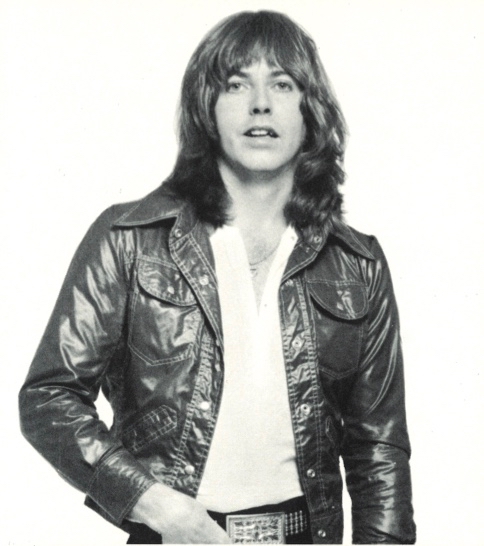
The Hollywood Stars were pretty much over by 1978. What happened?
I suppose by then the band had reached the end of our rope. We had returned from the Kinks tour and were being managed by Jack Nelson, who was doing quite well with Queen. We were about to get a new infusion of money to start a new album. But then Mark Anthony, our frontman and primary songwriter, dropped a bomb with the news that he wanted to do his own thing.
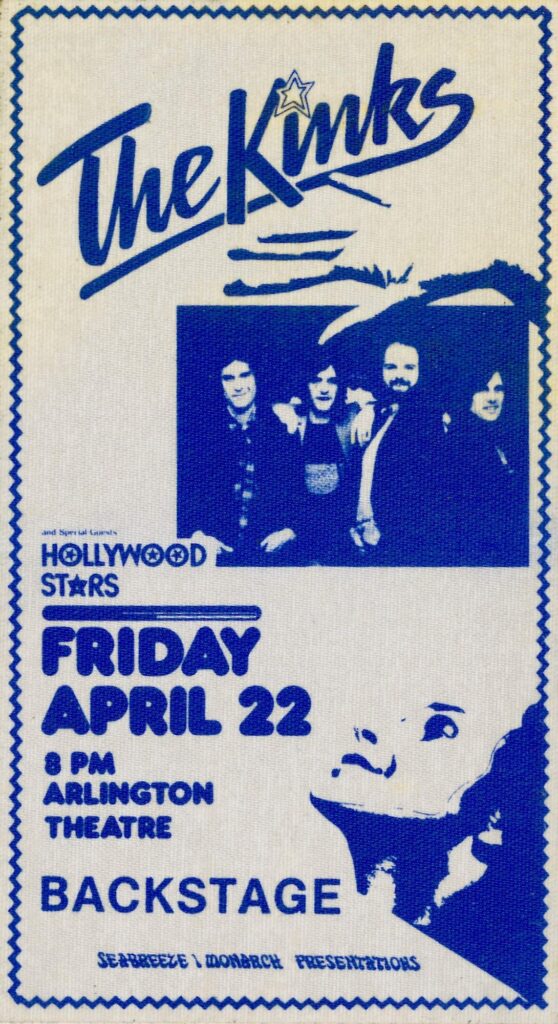
“The Whisky was a lifesaver at that moment”
You eventually started working as a security guard at the Whisky A Go Go. Can you share any insights or experiences from working at the Whisky after the Stars ended? During the L.A. punk explosion? What were some of the most memorable shows or incidents you witnessed during that time?
The Whisky was a lifesaver at that moment. Not much for an unemployed drummer to do. I played in various bands over the next five years. Being at the Whisky during that period was just amazing. My favorites were the Police and Oingo Boingo. Some of the other bands that stood out were X, the Damned, Robin Trower, Blondie, Flamin’ Groovies, Iggy Pop, the B-52s, the Ramones, and plenty others.
Given your unique perspective and experiences, how do you think the music scene in Los Angeles has evolved since the 1970s and 1980s? Are there any aspects you miss from that era?
Yes. The music scene, starting in the 1960s for me, has evolved from a musical and social renaissance to now being all about social media platforms.
What I listen to is now considered Classic Rock. During the ‘60s, ‘70s and ‘80s, it all happened out on the streets. There were hundreds of stylish, creative people going to the clubs and hanging out at the restaurants on the Sunset Strip. Most of the clubs and the people are gone now. Yes, I miss that part of it.
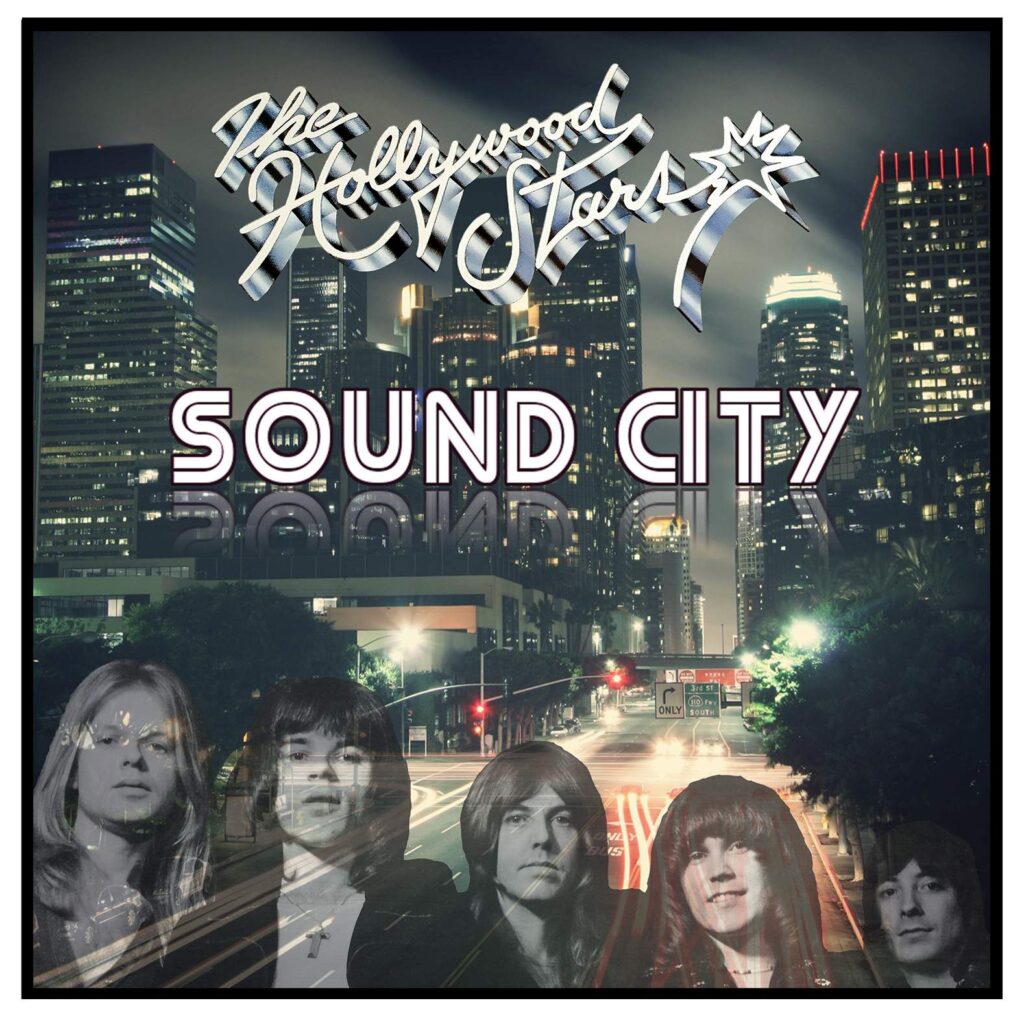
The Hollywood Stars are back together again. Would you like to tell us how the reunion happened and who is in the lineup today?
The band got back together in 2018. Everyone was in town, so we met at the Rainbow to discuss the possibilities. Scott was back as our singer, and he arranged for his son to make a performance video for ‘King of the Night Time World.’ We released the ‘Sound City’ album on CD and download. We played a 50th anniversary gig last year and released a four-song EP of new material, ‘Still Around.’ Our current lineup is Scott Phares (lead vocals), Michael Rummans (bass, vocals), George Keller (lead guitar), Jeff Jourard (rhythm guitar), and me on drums and backing vocals.
It’s incredible that The Hollywood Stars are releasing their first album of all-new material in nearly five decades. How does it feel for you, personally, to be a part of this momentous occasion? Did you write anything on this album? What were the sessions like?
Oh, it feels great! To still be able to play the songs we love and to feel the creative juices flowing as we work on new material, there’s nothing better. I have two songs on the new album, ‘Save Me’ and ‘This Merry-Go-Round.’ The sessions went so smoothly it shocked all of us. We were well rehearsed and with a little inspiration from our manager/crazy man, Loren Molinare of The Dogs, it was a gas!
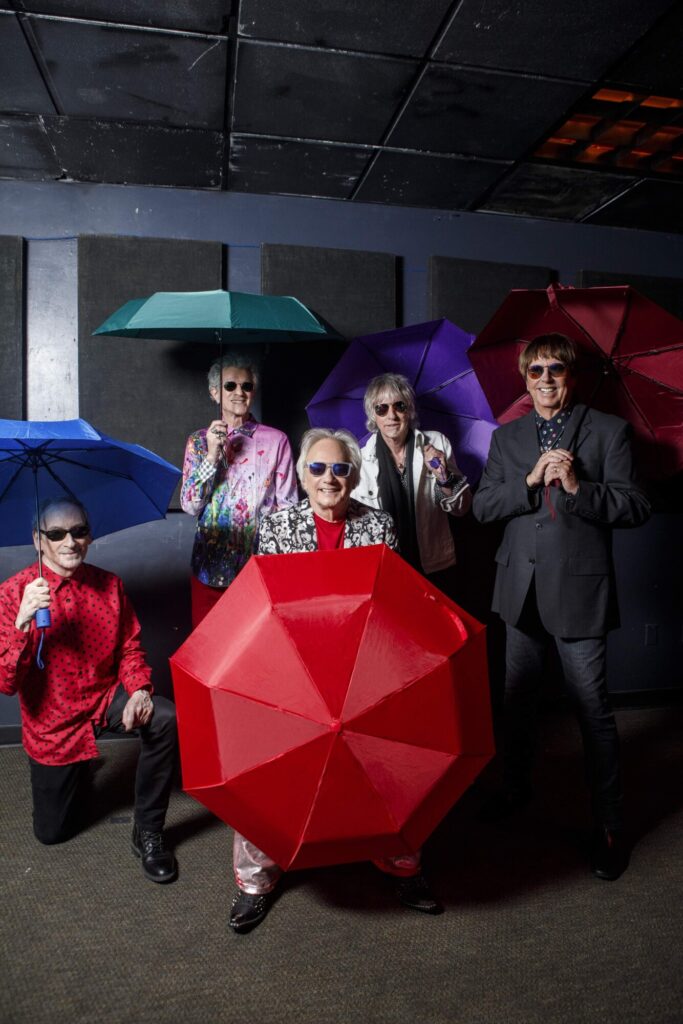
What else currently occupies your life?
Music and family are the main things. We live a leisurely lifestyle near the beach. Love to travel or do local day trips to enjoy a restaurant or the scenery. We also like to kayak locally.
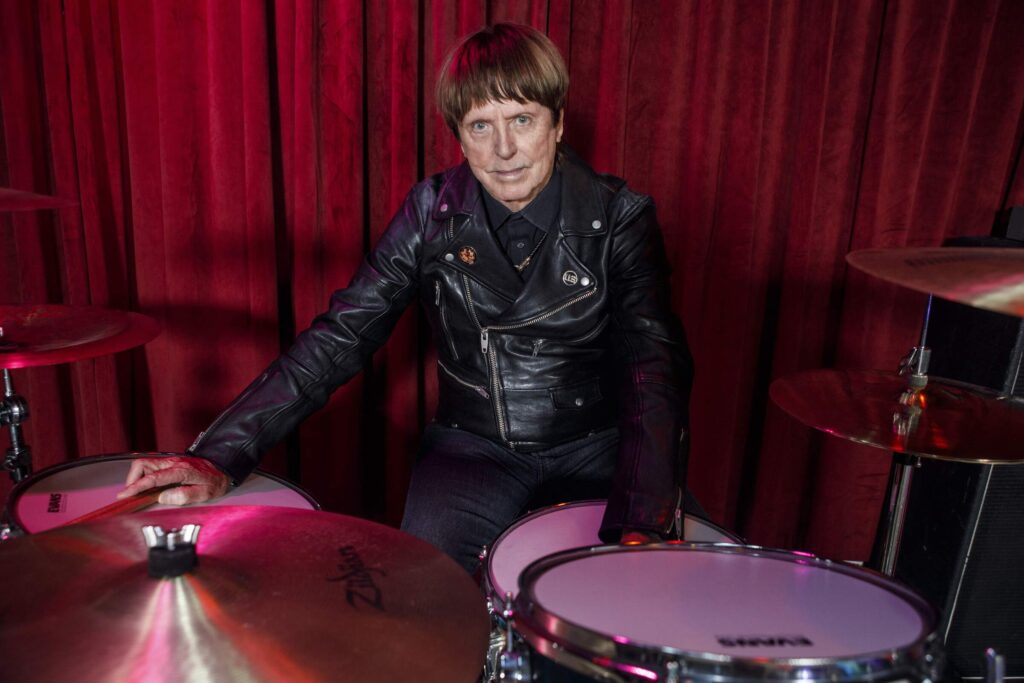
Thank you for taking the time. Last word is yours.
Thank you for your interest. I hope you enjoy the album.
Klemen Breznikar
Headline photo: The Hollywood Stars (1976)
The Hollywood Stars Official Website / Facebook / Instagram / Twitter
The Hollywood Stars | Scott Phares | Interview
The Hollywood Stars | Michael Rummans | Interview | New Album, ‘Starstruck’

